It is said that life should be celebrated rather than merely festivals. In a country like India, life is linked with festivals because there are so many of them, each of which reflects their culture and traditions.
These festivities bring with them a rush of excitement and enthusiasm, breaking the humdrum of daily life. Surprisingly, practically every major and minor event in India is marked by a celebration.
You’ll never run out of reasons and seasons to celebrate, whether it’s the entrance of spring, the harvesting of crops, or anything else.
Experiencing the country’s festival spirit is equivalent to celebrating life, with a plethora of colors, music, dance, folk songs, cuisine, and friends packaged into one wholesome package that provides complete satisfaction.
Each festival in India has its unique essence and flavor that you must experience firsthand. Below are the lists of the different types of Indian festivals that reflect the country’s cultural beauty.
Table of contents
- 1. Holi
- 2. Ganesh Festival
- 3. Diwali
- 4. Onam
- 5. Krishna Janmashtami (Govinda)
- 6. Pushkar Camel Fair
- 7. Dussehra
- 8. Temple Festivals in Kerala
- 9. Durga Puja
- 10. Navratri
- 11. Eid-ul-Fitr
- 12. Christmas
- 13. MahaShivratri
- 14. Rakshabandhan
- 15. Baisakhi
- 16. Gurpurab
- 17. Makar Sankranti
- 18. Bihu
- 19. Moatsu Mong
- 20. Saga Dawa
- 21. Gangaur
- 22. Chhath Puja
- 23. Hemis
- 24. Easter
- 25. Lui-Ngai-Ni
1. Holi
Holi, often known as the “Festival of Colors,” is one of the types of Indian festival. It is usually celebrated on the 29th of March every year.
The celebration is centered on Lord Vishnu’s unwavering devotion allowing him to burn and destroy the demons Holika.
The most enjoyable part, though, is when people fling colored powder at one other and splash each other with water guns.
Lord Krishna, a reincarnation of Lord Vishnu, was known for pranking village girls by immersing them in water and colors.
During the ceremonies, bhang (a paste derived from cannabis plants) is also traditionally consumed.
Holi is a carefree event that can be a lot of fun, provided you don’t mind getting soaked and dirty.
2. Ganesh Festival
The 11-day Ganesh Chaturthi festival celebrates the birth of Lord Ganesha, the Indian elephant-headed god.
The celebration begins from the 10th to the 19th of September every year.
The event begins with the installation of huge, elaborately constructed Ganesh statues in houses and public podiums, which have been artistically decorated.
Throughout the festival, the statues are worshiped every day.
They are paraded around the streets with much singing and dancing on the last day before being immersed in the ocean. Mumbai is the best city to visit to have a taste of it.
3. Diwali
Diwali is one of the types of Indian festivals that celebrates the triumph of good over evil and the triumph of light over darkness.
It is usually celebrated on the 4th of November every year. It commemorates Lord Ram and his wife Sita’s return to their kingdom of Ayodhya after Ravan’s defeat and Sita’s rescue on Dussehra.
The fireworks, little clay lamps, and candles that are lit to guide their path are known as the “Festival of Lights.”
Diwali is the most anticipated festival of the year for Hindu families in India.
4. Onam
In the South Indian state of Kerala, Onam is the biggest type of Indian festival of the year. It is celebrated on the 21st of August every year.
This lengthy harvest celebration commemorates the mythical King Mahabali’s return to his homeland and celebrates the state’s culture and tradition.
People place flowers in elegant patterns on the ground in front of their homes to greet the king.
New costumes, feasts served on banana leaves, folk dancing, games, and snake boat races are all part of the festivities.
5. Krishna Janmashtami (Govinda)
Krishna Janmashtami, also known as Govinda, is one of the types of Indian festivals that marks Lord Krishna’s birthday.
The celebration begins from the 30th to 31st of August every year.
A particularly entertaining aspect of the festival involves teams of males forming a human pyramid to reach and smash open clay pots filled with curd suspended high from buildings.
The second day is dedicated to this activity, which is known as DahiHandi. Mumbai is the finest place to experience it.
6. Pushkar Camel Fair
The Pushkar Camel Fair attracts an incredible number of camels to the little desert town of Pushkar in the Indian state of Rajasthan.
Camels are dressed up, paraded, shaved, entered in beauty competitions, raced, and, of course, exchanged.
The celebration begins from the 11th to the 19th of November every year. If you want to see the camel trading, make sure to arrive before the festival starts because it starts and ends early.
7. Dussehra
The end of Navratri and Durga Puja is marked by Dussehra. It is also known as Vijayadashami and is a famous name in the Indian festival calendar.
It is usually celebrated on the 30th of October every year. Dussehra is celebrated in various ways around the country, as is the case with other festivals.
While some states celebrate it to honor Lord Rama’s victory over Ravana, others celebrate it to remember Goddess Druga’s victory over Mahishasura.
Dussehra is observed by Ramlila’sreenactments and the burning of Ravana’s enormous effigies, as well as Kumbhkaran and Meghnad.
In India, Mysore in Karnataka is the best destination to celebrate Dussehra. Mysore Palace is illuminated with around one lakh lamps during the event, creating a breathtaking sight.
The massive procession of adorned elephants that takes place on this occasion is also a sight to behold.
8. Temple Festivals in Kerala
Many temples in Kerala host annual festivals in honor of the local god or goddess who reigns supreme.
Depending on the temple deity, each festival has its own set of legends and myths. The majority, however, centers on the presence of elephants to honor the deity.
It is usually celebrated from February to May every year. The primary attraction of these events is the massive procession of elephants decked out in jewels.
Colorful floats, drummers, and other musicians accompany the processions. Some processions include effigies of horses and bulls that stand tall.
9. Durga Puja
Durga Puja, a symbol of Bengali cultural identity, is celebrated for four days with much fanfare and merriment.
It is usually celebrated on the 15th of October every year. It is the most famous among the different types of Indian festivals, especially in West Bengal, Assam, Odisha, Tripura, Jharkhand, and Bihar.
Huge clay idols of the ten-armed Goddess Durga and her four children are worshipped in specially built mandaps during Durga Puja.
People get dressed up and go pandal hopping with their family and friends. The festival concludes with the goddess’s idol being immersed in water.
10. Navratri
Navratri is one of the most important types of Indian festivals, with celebrations lasting for days. Navratri is a Sanskrit word that means “nine nights”.
The celebration starts from the 7th to the 14th of October yearly. The festival lasts nine days and nights, as its name suggests.
Goddess Shakti is worshipped in various forms during Navratri. Men, women, and children dress in bright traditional attire enjoy bright DandiyaRaas and Garba dances during Navratri celebrations in North India.
11. Eid-ul-Fitr
Eid-ul-Fitr, or simply Eid, is one of the Muslim community’s main religious types of Indian festivals.
It is celebrated on the 13th of May every year. It is the end of Ramadan, the holy month of fasting that is comparable to Christian Lent.
The festival is held the day after the crescent moon is seen in the night sky.
Devotees go to mosques to worship, visit friends and family, and feast with their loved ones; the delicious seviyan is possibly the most well-known Eid symbol.
On this occasion, mosques and markets all around the country are gorgeously decorated, and numerous prominent markets in India serve special specialties.
12. Christmas
Christmas is a season that needs no introduction. It commemorates Jesus Christ’s birth and hence has special significance for Christians.
It is usually celebrated on the 25th of December every year. However, like many other festivals in the country, it appeals to individuals of all faiths.
There is a joyful atmosphere in the air, especially because Christmas is followed by the New Year.
Churches are decorated and lit nicely. Decorated Christmas trees can be found everywhere, from people’s homes to India’s major shopping malls.
Attending prayer services at churches, receiving gifts, and feasting with friends and family are all part of the festivities.
13. MahaShivratri
The Indian deity Lord Shiva is honored during MahaShivratri, as the festival’s name suggests. It is celebrated on the 11th of March yearly.
This annual celebration represents the triumph of light over darkness in life. MahaShivratri, which translates to “Great Night of Shiva,” is observed across the country.
MahaShivratri, unlike most other types of Indian festivals, is devoid of cultural celebrations. Instead, it entails fasting, meditation, prayer chanting, and adoration of the Shiva Linga.
Devotees who are truly dedicated stay up all night performing pujas according to tradition. However, you can see celebrations and rites in the country’s Shiva temples.
14. Rakshabandhan
Rakshabandhan, also known as Rakhi, is a festival that celebrates the bond between a brother and a sister.
It is usually celebrated on the 22nd of August every year. Sisters bind an amulet or talisman on their brothers’ wrists during this traditional Indian event.
The brothers, for their part, present their sisters with a gift and swear to protect them in the future. For brothers and sisters of all ages, the event is extremely important.
It’s also been featured in a slew of Bollywood films to illustrate the passionate brother-sister bond.
15. Baisakhi
Baisakhi, one of the most important Sikh and Punjabi festivals, commemorates the start of the rabi agricultural harvest season.
It is usually celebrated on the 14th of April every year. The people of Punjab and the Punjabi diaspora around the world celebrate this harvest festival with great zeal and excitement.
Folk dances such as Bhangra and Giddha are performed, houses and gurudwaras are decorated, and elaborate feasts are enjoyed throughout the celebrations.
Baisakhi has a religious component as well. It commemorates the founding of the Khalsa order by Guru Gobind Singh, the tenth Guru of the Sikhs, in the year 1699.
16. Gurpurab
Gurpurab, another significant Sikh festival, commemorates the birth of Guru Nanak, the first Sikh Guru.
Guru Nanak’s Prakash Utsav, Guru Nanak Gurpurab, and Guru Nanak Jayanti are other names for the festival.
It is usually celebrated on the 19th of November every year. People commemorate this festival by reading the Guru Granth Sahib for two days before the festival and holding special assemblies and communal feasts in gurudwaras.
Processions are held, and Karah Prasad is given to everyone, regardless of caste or religion.
Several observers travel to GurudwaraNankana Sahib in Pakistan, the deity’s birthplace, to celebrate the occasion.
17. Makar Sankranti
Makar Sankranti is one of the few types of Indian festivals that follows the lunar calendar.
The sun’s transit into the Capricorn constellation symbolizes the winter solstice and the start of longer days.
It is usually celebrated on the 14th of January every year. Throughout India, the event is known and celebrated under several titles.
For example, in North India, it is known as Maghi, in Assam as Magh Bihu, in Karnataka, and Andhra Pradesh as PeddaPanduga, in Tamil Nadu as Thai Pongal, and in Central India as Sukarat.
Makar Sankranti is also observed in West Bengal, Uttarakhand, Madhya Pradesh, Maharashtra, Goa, Chhattisgarh, Bihar, Tripura, Odisha, and Uttar Pradesh.
People celebrate the day with different rituals and traditions, like taking a dip in the Ganges, offering water to the Sun God, and flying kites.
18. Bihu
Bihu is an Assamharvest festival that is well-known among Indian festivals held in the North East. The celebration begins on the 13th of April.
Young men and women dress in traditional attire and perform the Bihu dance in the village fields and courtyards during the month-long celebrations.
A community feast is hosted with a lot of fanfare during Bihu celebrations in India.
19. Moatsu Mong
The Ao tribe of Nagaland gathers every year to celebrateMoatsu Mong, which marks the end of the planting season.
It is usually celebrated in the first week of May. Its purpose is to provide some relief to individuals after a rigorous season of sowing, weeding, and other agricultural tasks.
As a result, it is characterized by joyous music and dances. A large fire is set, and men and ladies dressed gather around it, drinking wine, eating meat, and having a good time.
20. Saga Dawa
Saga Dawa, one of Sikkim’s most important types of Indian festivals, is widely observed by the state’s Buddhist populace.
It is usually celebrated between May and June every year. This religious observance honors Lord Buddha’s enlightenment, and it is marked by the burning of incense sticks and the offering of water at the state’s monasteries.
During the celebration, people also chant prayer hymns and turn the prayer wheels.
21. Gangaur
Gangaur is a colorful festival in which Rajasthani ladies pay homage to Gauri, Lord Shiva’s bride.
Gangaur is celebrated each year in the lunar month of the Chaitra (March-April).
Gangaur is said to offer happiness and fulfillment to married couples since it represents harvest, spring, and marital fidelity.
Unmarried ladies participate in the celebration and pray for a suitable life partner.
Processions are held in several locations to mark the occasion. People in Jaipur buy and enjoy ghewar, a sweet snack, with their loved ones.
22. Chhath Puja
Chhath Puja is an ancient Indian festival that lasts four days and is held to honor the Sun God and his wife and to seek their blessings for happiness and good health.
Fasting, abstaining from drinking water, bathing in rivers, and offering sunrise and sunset prayers to the sun are all part of the ritual.
It is usually celebrated yearly in November. Families continue to celebrate the holiday without a break, generation after generation.
Only if a family member dies can one take a break from the observance, according to custom.
23. Hemis
Hemis is a two-day religious celebration held in honor of Lord Padmasambhava, a spiritual leader and founder of Tibet Tantric Buddhism, at Hemis Monastery in Ladakh.
It is usually celebrated on the 30th of June every year. The monastery’s monks perform the Cham dance to the accompaniment of traditional cymbals, small trumpets, and large pan-drums.
For the performances, the dancing monks also elaborate on clothes and masks.
24. Easter
Easter celebrates the resurrection of Jesus Christ from the dead, and it is celebrated with great zeal and enthusiasm by India’s Christian population.
It is celebrated on the first Sunday, falling between the 22nd of March and the 25th of April every year.
According to the New Testament, following his crucifixion by Roman authorities, he is said to have risen from the dead on the third day.
In India, different Christian religions celebrate Easter by adorning their homes and streets, painting Easter eggs, giving gifts, singing, dining, and having a good time.
The festival is celebrated across India, but the celebrations in Goa, Kerala, and Pondicherry are particularly worthy of being part of.
25. Lui-Ngai-Ni
Every year on the 14th or 15th of February, the Naga tribes of Manipur celebrate Lui-Ngai-Ni, a seed-sowing festival.
During the festival, Manipur Nagas congregate in one location to display their rich cultural heritage.
The celebrations also include Naga tribes from Assam and Arunachal Pradesh, two bordering states. It pays homage to and appeases the gods who are said to decide the fate of the crops sown on Earth.
The celebrations include a variety of cultural activities such as traditional music, dances, and drumming.



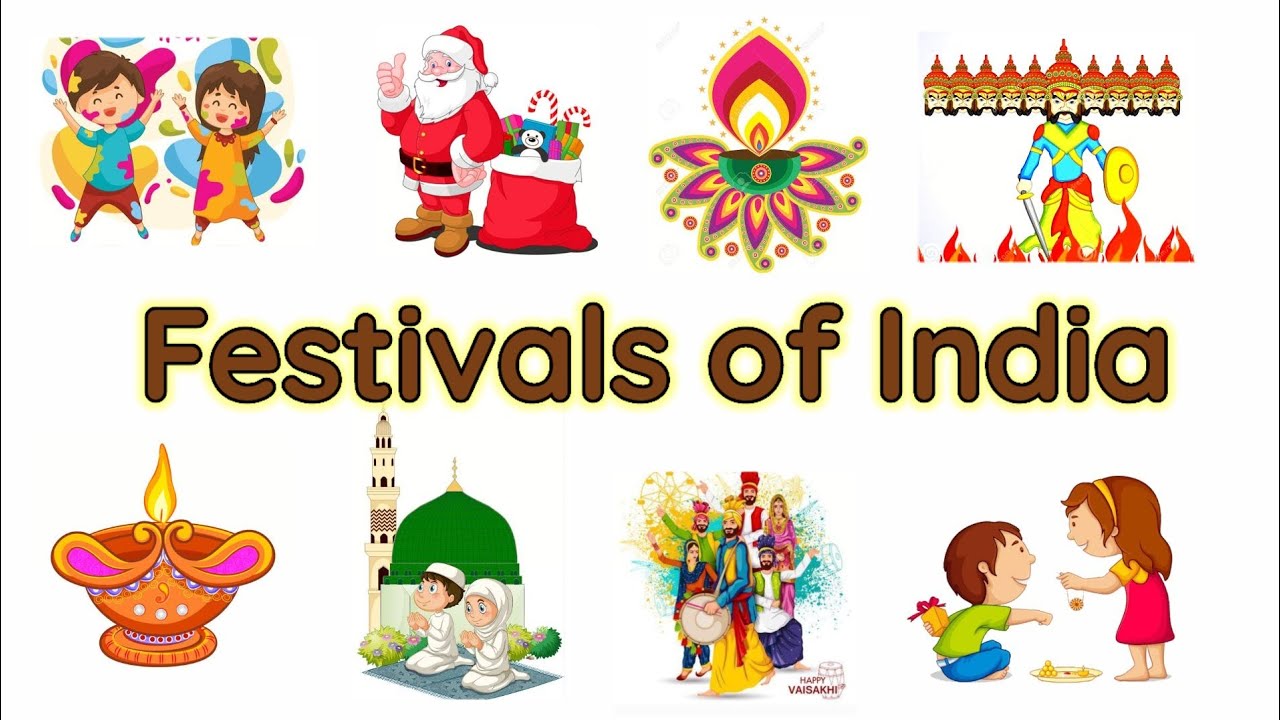

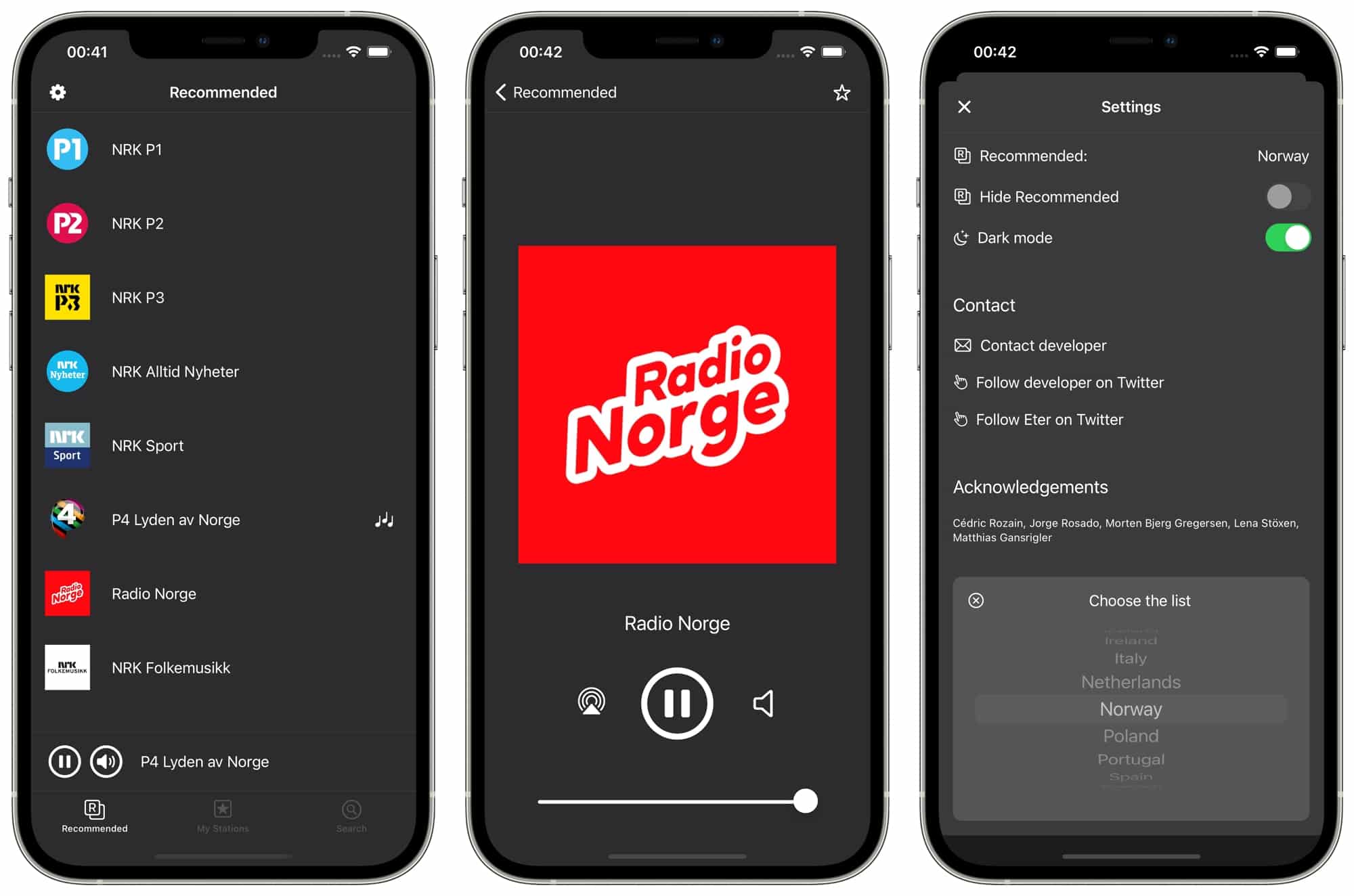

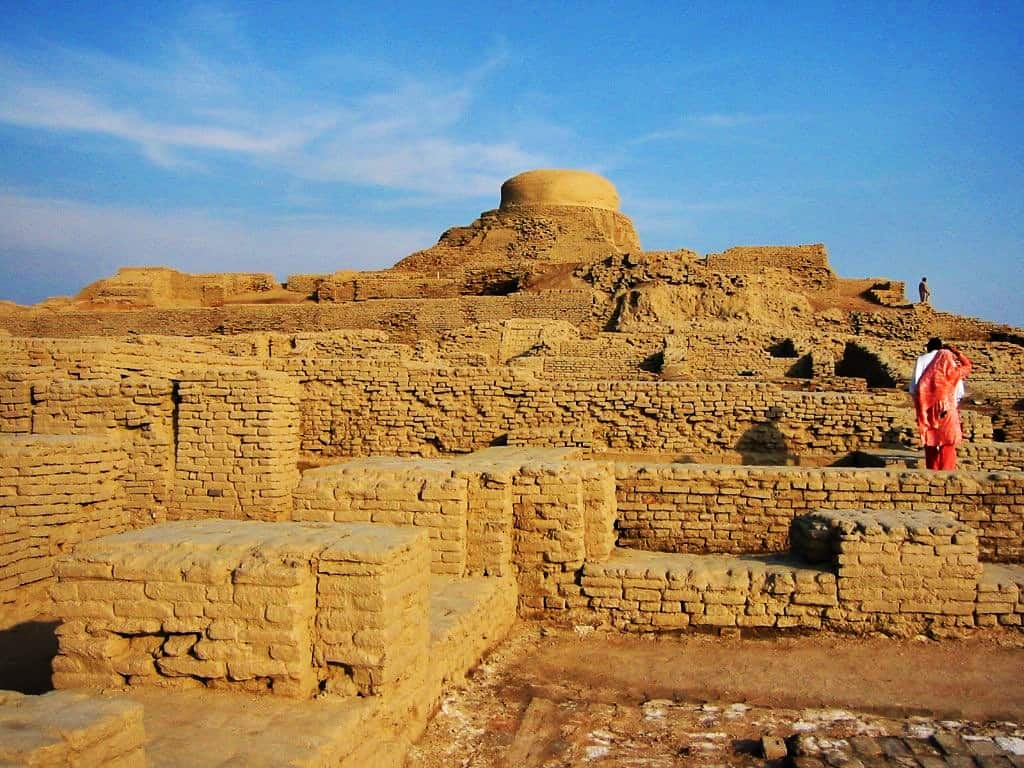
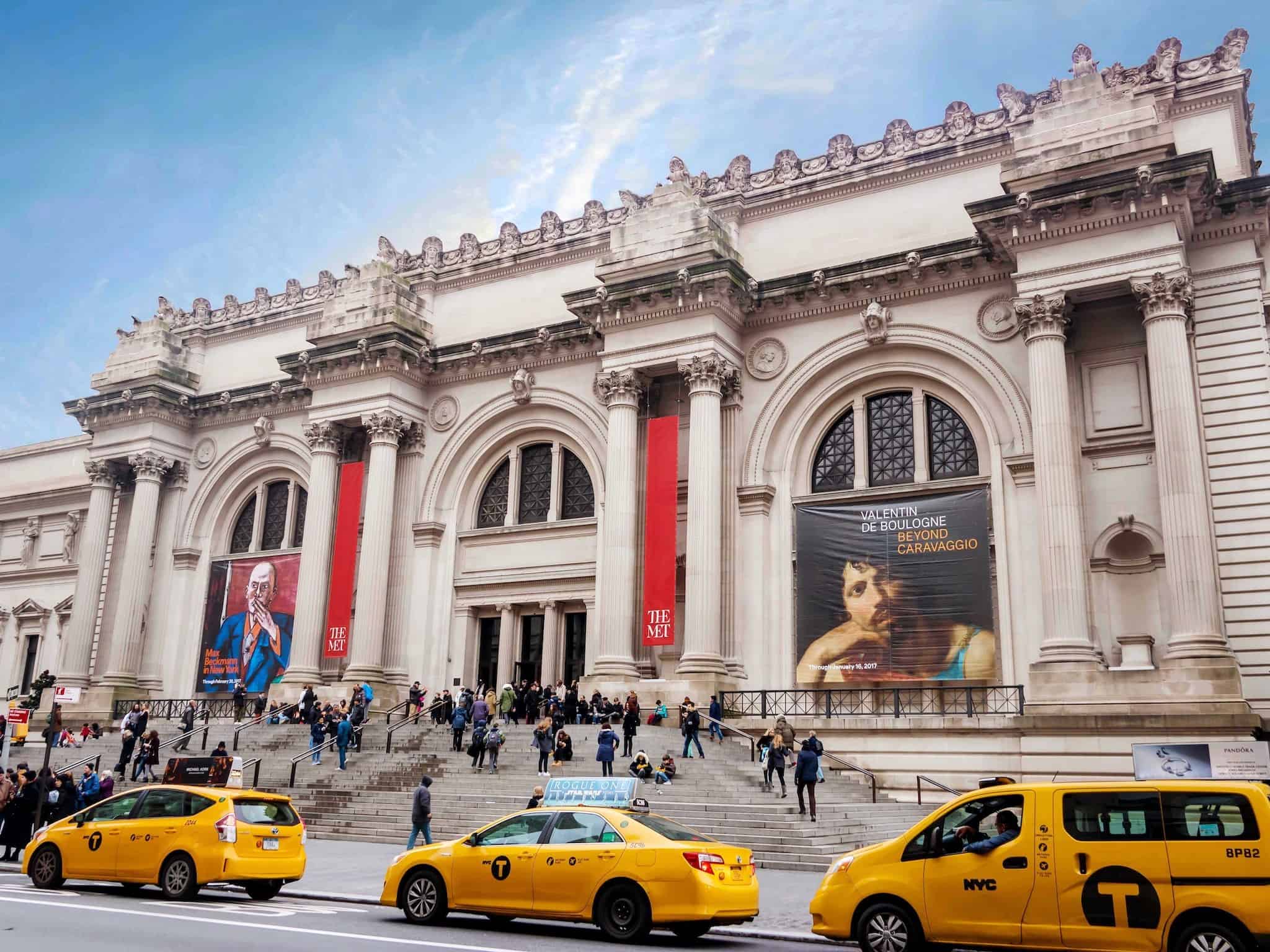
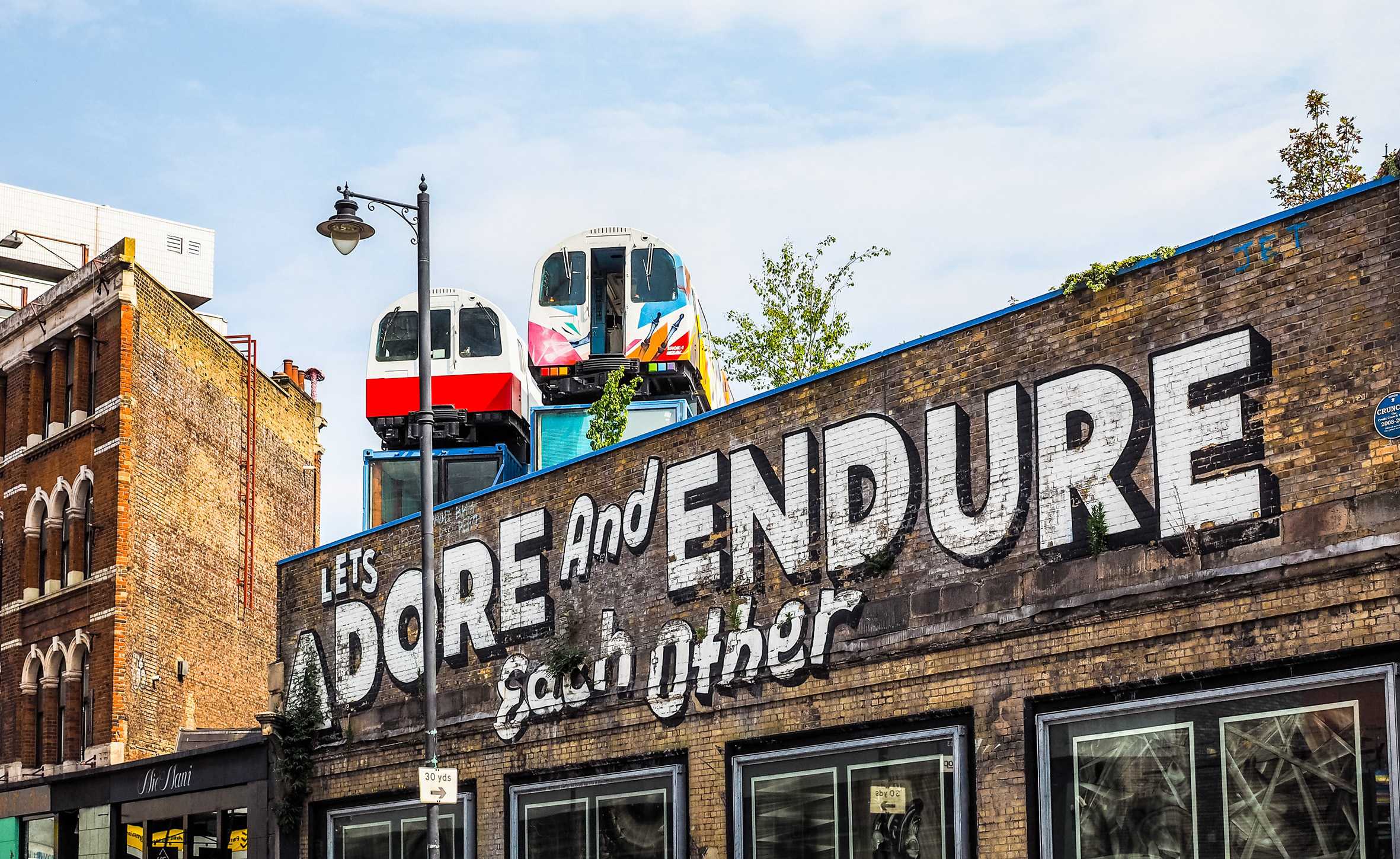
Adenaya, in this article there are some facts that are not true, not all Indian holidays and festivals are all on a particular month or date in the year. That depends on the indian calendar which goes by the positioning of the sun moon and the planets. So every year the dates can be different. So a lot of people of Indian origin go by the Indian calendar every year.